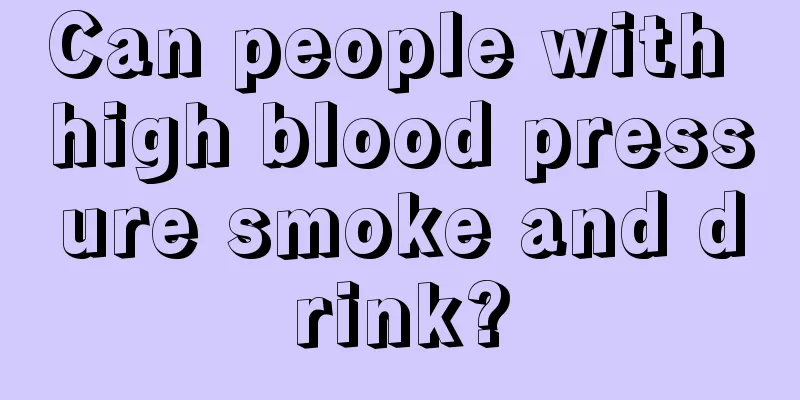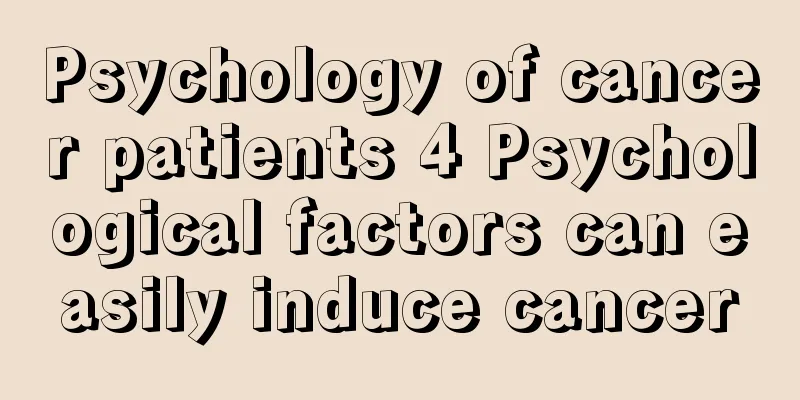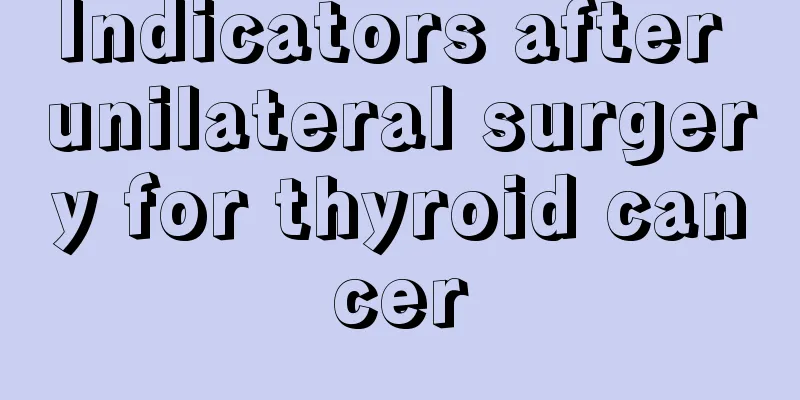Can people with high blood pressure smoke and drink?

|
Patients with hypertension actually have a lot of things to pay attention to. Don’t overwork yourself, otherwise it will be very bad for your body. You can’t smoke or drink, as these will make your condition worse. This disease needs to be controlled in time, and you need to go to the hospital regularly for relevant physical health examinations. Hypertension is a preventable and controllable disease. People with blood pressure in the upper normal range of 130-139/85-89 mmHg, who are overweight/obese, who have a long-term high-salt diet, and who drink excessively should be given key interventions, have regular health checks, and actively control risk factors. For patients with hypertension, regular follow-up and blood pressure measurement should be carried out, with particular attention paid to the management of blood pressure in the morning. Hypertension should be actively treated (drug therapy and lifestyle intervention at the same time) to slow down target organ damage, prevent the occurrence of cardiovascular, cerebrorenal and renal complications, and reduce disability and mortality rates. Beta-blockers. The choice of single drug or combination therapy should be based on the patient's risk factors, target organ damage, and concurrent clinical diseases. The principles for selecting antihypertensive drugs are as follows: 1) Use blood pressure medications with a half-life of 24 hours or more, taken once a day, that can control blood pressure for 24 hours, such as amlodipine, to avoid iatrogenic poor control of early morning blood pressure due to inappropriate treatment options; 2) Use safe, long-term medications that can control blood pressure every 24 hours to improve patient compliance with treatment; 3) Use drugs that have sufficient clinical trial evidence of cardiovascular and cerebrovascular benefits and can truly reduce long-term cardiovascular and cerebrovascular events, reduce cardiovascular and cerebrovascular events, and improve the quality of life of patients with hypertension. (2) Treatment options Most patients without complications or comorbidities can use thiazide diuretics, beta-blockers, etc. alone or in combination. Treatment should start with a low dose and increase gradually. In actual clinical use, the patient's cardiovascular risk factors, target organ damage, complications, comorbidities, antihypertensive efficacy, adverse reactions, etc. will all affect the choice of antihypertensive drugs. Patients with stage 2 hypertension can be treated with a combination of two antihypertensive drugs from the beginning. 2. Treatment of secondary hypertension It is mainly aimed at treating the primary disease. For example, for hypertension caused by pheochromocytoma, blood pressure can be reduced to normal after tumor resection; renal vascular hypertension can be treated by interventional therapy to dilate the renal artery. For patients whose primary disease cannot be cured surgically or whose blood pressure remains high after surgery, in addition to other treatments targeting the cause, appropriate antihypertensive drugs should be used for antihypertensive treatment. |
<<: Can I drink yogurt when I have chickenpox
Recommend
What should I do if my anus is cracked and bleeding
Anal fissure cracking and bleeding is a common an...
How to determine if you have mites on your body?
As people's living standards continue to impr...
What is the method of making homemade soap
Speaking of soap, it is a common household item. ...
How to cure liver cancer and live longer? The most effective way to treat liver cancer
Liver cancer is a relatively serious disease. Amo...
Acne on the nose
With the faster and faster development of moderni...
How to wash oil stains off clothes
If there are oil stains on your clothes, take the...
Diarrhea with some blood
Many people have had diarrhea, especially in the ...
What are the magical uses of apples
Apple is a kind of fruit produced in large quanti...
How long is the shelf life of saline solution
Normal saline solution is something we use freque...
What to do if there is air leakage after lung surgery
Lung diseases can seriously affect a person's...
Does diaper contain formaldehyde
Diapers may contain a small amount of formaldehyd...
What medicine should I take for a headache
Headache is a very common phenomenon in our lives...
What to do if your eyes are dry and bloodshot, how to prevent it
Many students and office workers will certainly h...
What is the relationship between prostate enlargement and prostate cancer?
Prostate enlargement and prostate cancer, benign ...
Every morning from 8 to 9, the heart rate is fast
Heart rate is an important indicator for judging ...









